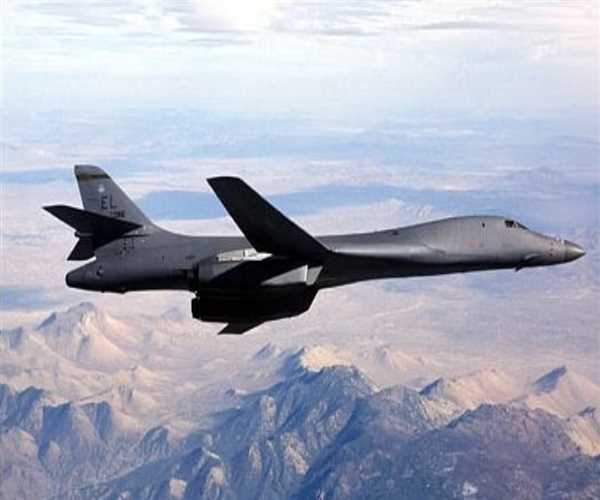The Mighty B-1B Lancer: A Strategic Bomber That Dominates the Skies
The Rockwell B-1 Lancer commonly referred to as the "Bone," is a strategic bomber used by the United States Air Force. Its sleek design and impressive capabilities make it a formidable weapon system that is relied upon for various missions. In this article, we will take a closer look at the B-1B bomber, its history, design, and capabilities.
History of the B-1B Bomber
The B-1B Lancer was first introduced in the 1980s as a replacement for the ageing B-52 Stratofortress. It was designed to fly at low altitudes and high speeds, making it difficult to detect by radar. The B-1B was intended to penetrate Soviet airspace and deliver conventional and nuclear weapons. The first operational B-1B flew in 1986, and the United States Air Force has since deployed the aircraft in numerous combat operations.
Design of the B-1B Bomber
The B-1B is a long-range, supersonic bomber with a variable-sweep wing. The wings can sweep back and forth depending on the aircraft's speed and altitude, allowing it to optimize performance in different flight regimes. The bomber has four General Electric F101-GE-102 engines, each producing 30,000 pounds of thrust. It has a maximum speed of Mach 1.25 and can fly at altitudes of up to 60,000 feet.
Capabilities of the B-1B Bomber
The B-1B bomber has an impressive array of capabilities that make it a versatile weapon system. It can carry a variety of weapons, including nuclear and conventional bombs, and has an internal payload capacity of 75,000 pounds. The aircraft also has a synthetic aperture radar that can track and engage moving targets on the ground.
The B-1B is also capable of performing reconnaissance missions. It has a reconnaissance pod that can be attached to the aircraft, allowing it to gather intelligence on enemy forces. The bomber also has the ability to launch cruise missiles, which can strike targets at ranges of up to 1,500 miles.

Retirement of the B-1B Bomber
In 2021, the Air Force Global Strike Command announced that it had retired the last of its 17 B-1B bombers. The remaining 45 aircraft will continue to serve until the new B-21 stealth bomber is ready for duty. The retirement of the B-1B has been met with mixed reactions, with some experts arguing that the bomber still has a role to play in future conflicts.
Conclusion
The B-1B Lancer is an impressive weapon system that has played a vital role in numerous conflicts over the years. Its unique design and capabilities make it a versatile bomber that can perform a wide range of missions. While the retirement of the B-1B has been controversial, its legacy as a strategic bomber will continue to be felt for years to come.